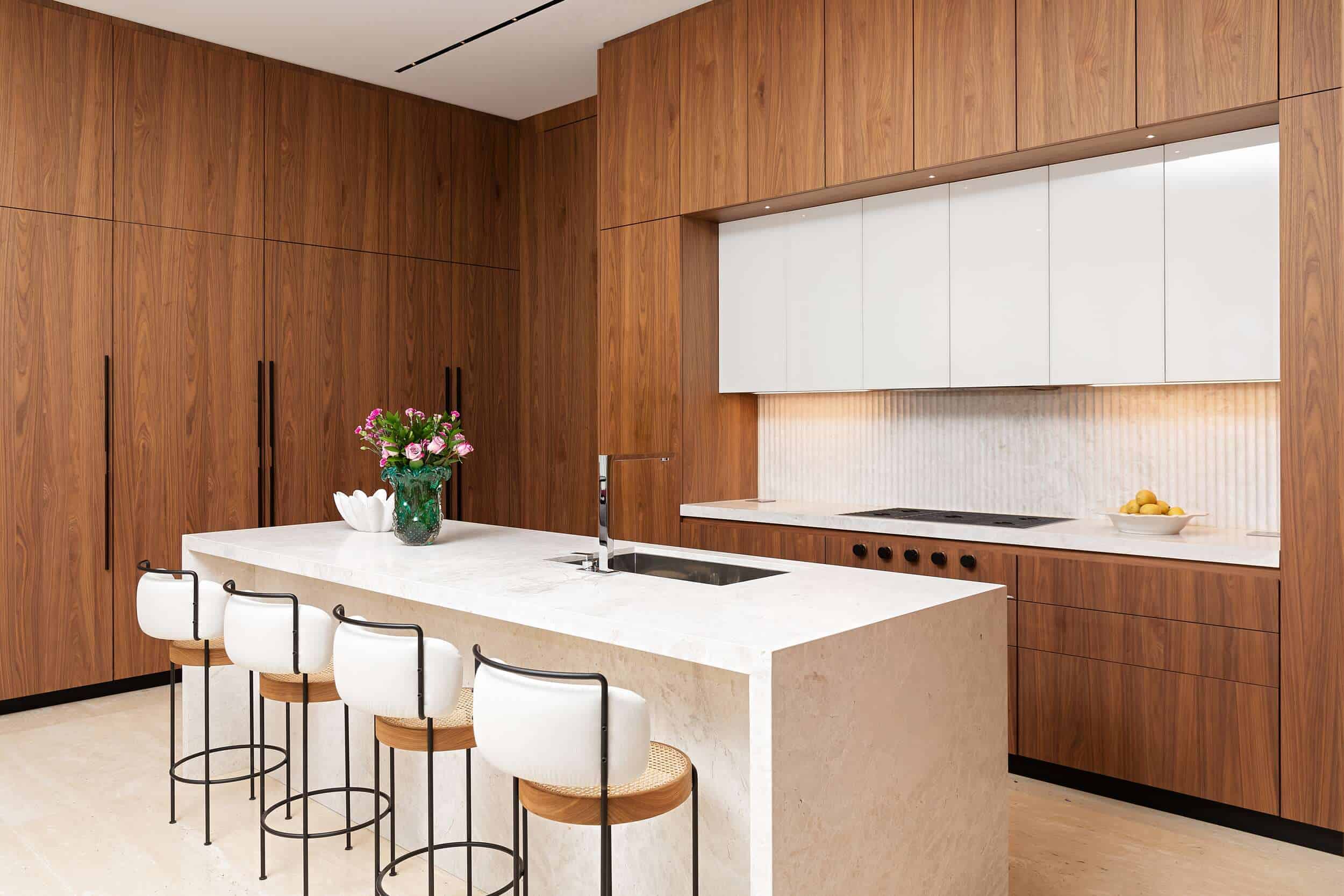The value that a modern kitchen can add to your home can vary depending on a number of factors, such as the overall condition and size of your home, the state of the local housing market, and the quality of the renovation. However, generally speaking, a modern kitchen renovation can add significant value to a home, often recouping 60-120% of the cost of the renovation. It’s important to note that the most expensive kitchen remodels do not always yield the highest return on investment. It is best to consult with a real estate agent or contractor to get a more accurate estimate for your specific home and location.


Modern kitchen design is characterized by clean lines, minimal ornamentation, and a focus on functionality. Some common features of modern kitchen design include:
It’s important to note that a modern kitchen design is not limited to any particular style and can take inspiration from many other styles such as minimalistic, contemporary, industrial, etc. The most important thing is to choose a design that matches the overall aesthetic of your home and fits your personal taste and lifestyle.
There’s companies out there like Studio Haus that specialize in modern kitchen design that you can use to find excellent examples online.
Modern kitchens have become increasingly popular for a number of reasons. Some of the main factors include:
All of these factors have contributed to the growing popularity of modern kitchen design. It is also important to note that it is a versatile style and can be adapted to various sizes and shapes of kitchens, making it suitable for most types of homes.
It’s difficult to predict exactly what the next great innovations in kitchen design will be, as it can depend on a variety of factors such as advances in technology, changes in lifestyle, and shifts in design trends. However, some potential areas of focus for future kitchen design innovations include:
Smart home integration: As smart home technology becomes increasingly advanced and prevalent, it is likely that kitchen design will increasingly incorporate features such as voice-controlled appliances, automated lighting, and smart sensors for monitoring temperature, humidity, and air quality.
Increased focus on sustainability: As concerns about climate change and the environment continue to grow, kitchen design may increasingly incorporate materials and technologies that promote energy efficiency and reduce waste. This can include things like low-flow faucets, energy-efficient appliances, and sustainable materials such as bamboo and reclaimed wood.
Personalization and customization: With advances in 3D printing and other digital fabrication techniques, it may become increasingly possible for homeowners to create highly personalized and customized kitchen designs that are tailored to their specific needs and tastes.
Built-in technology: Kitchen appliances are becoming more advanced and feature-rich with connected features, more efficient, and more silent. They will be integrated into the kitchen cabinetry and become hidden, providing a seamless look and feel to the kitchen.
Health and wellness: With an increased focus on health and wellness, kitchen design may increasingly incorporate features that promote healthy living, such as UV-C light disinfection, air purification systems, and built-in water filtration systems.
Multipurpose spaces: The kitchen is becoming a multi-purpose space, where cooking, eating, working, and socializing happen all at the same time. Therefore, the design of the kitchen will include elements that can easily adapt to different tasks, such as movable islands, fold-away tables, and other space-saving solutions.
Again, it’s worth noting that these are just predictions and it’s hard to know for certain what new developments will come up in the future, but these are some of the trends that are being observed in the kitchen industry.
This website uses cookies.